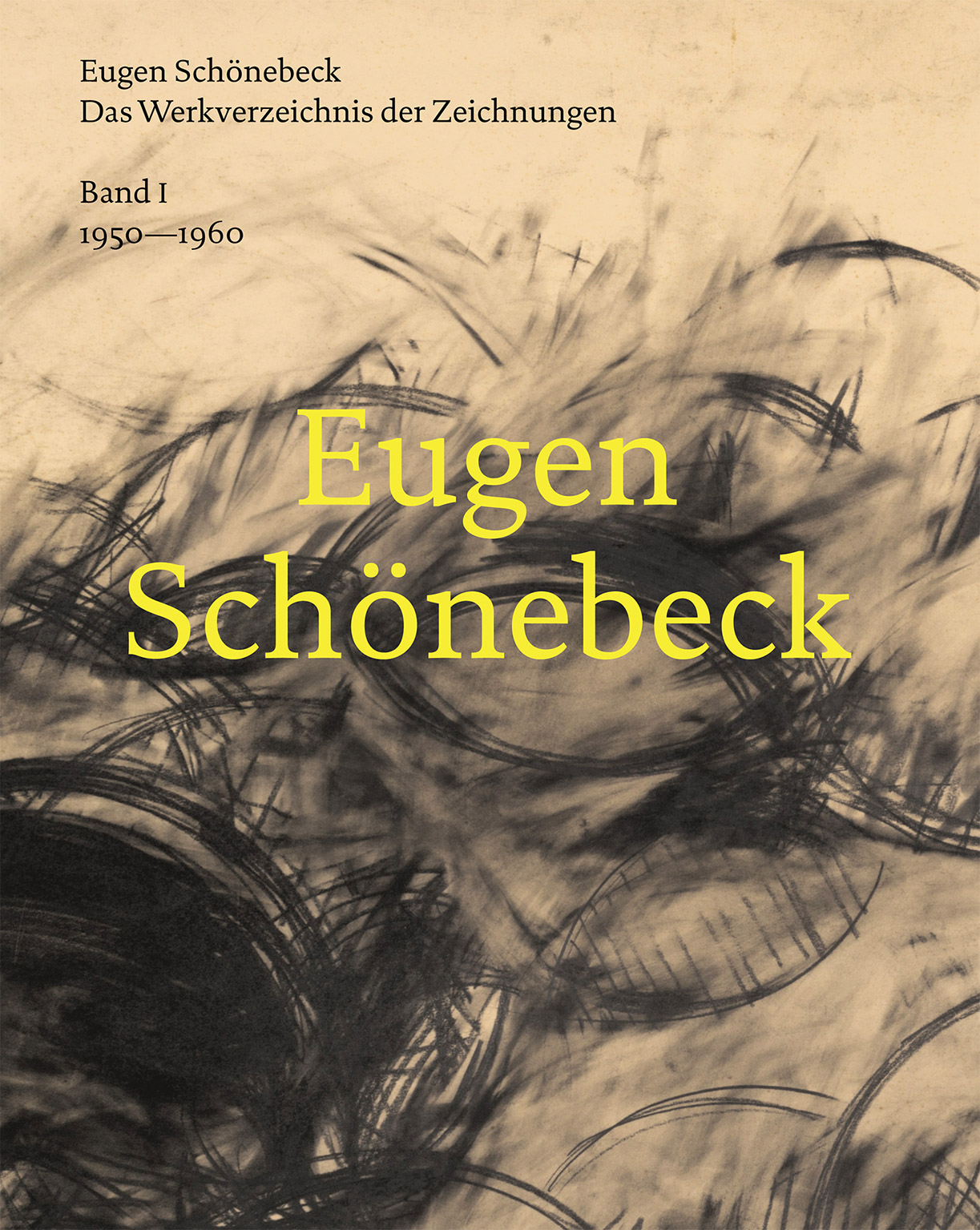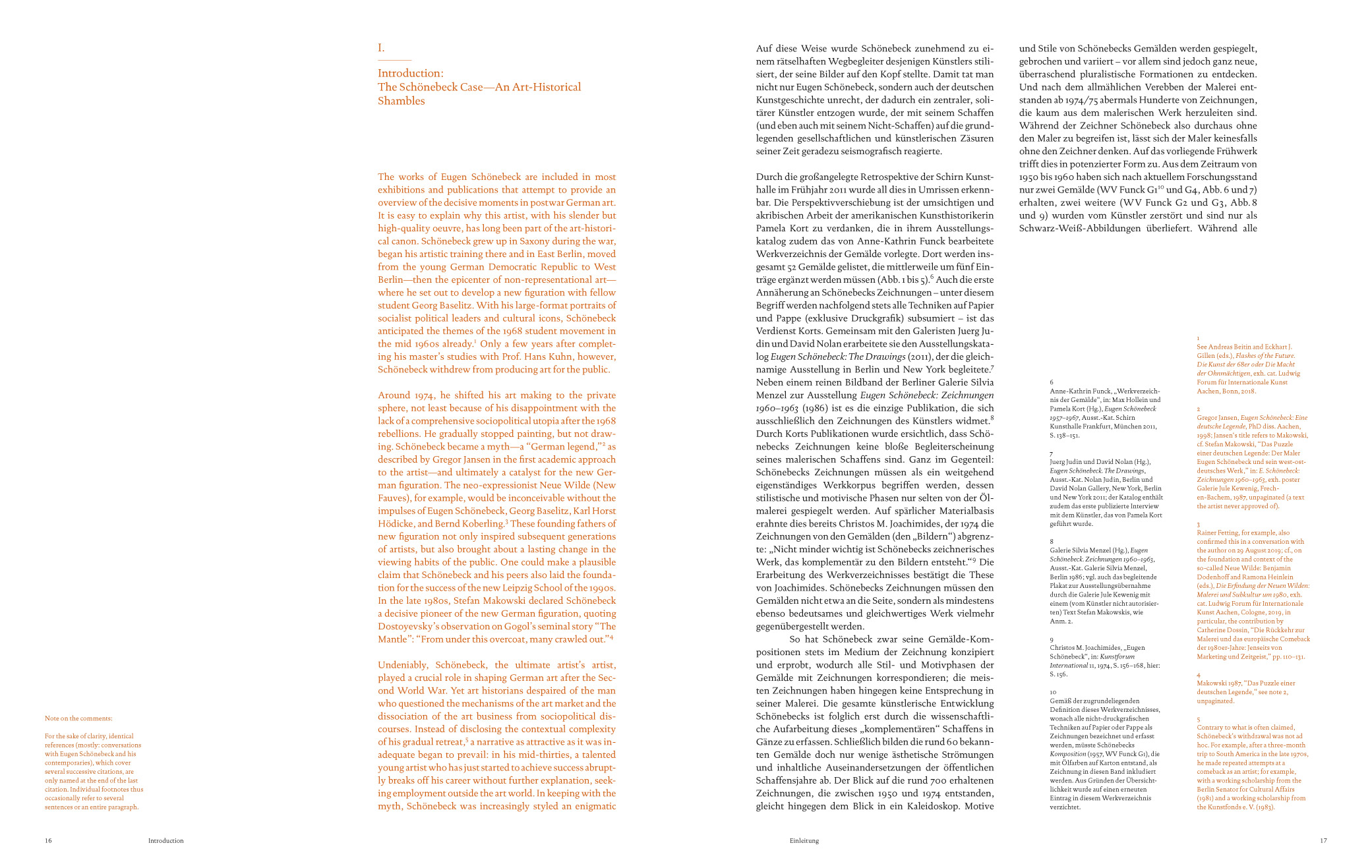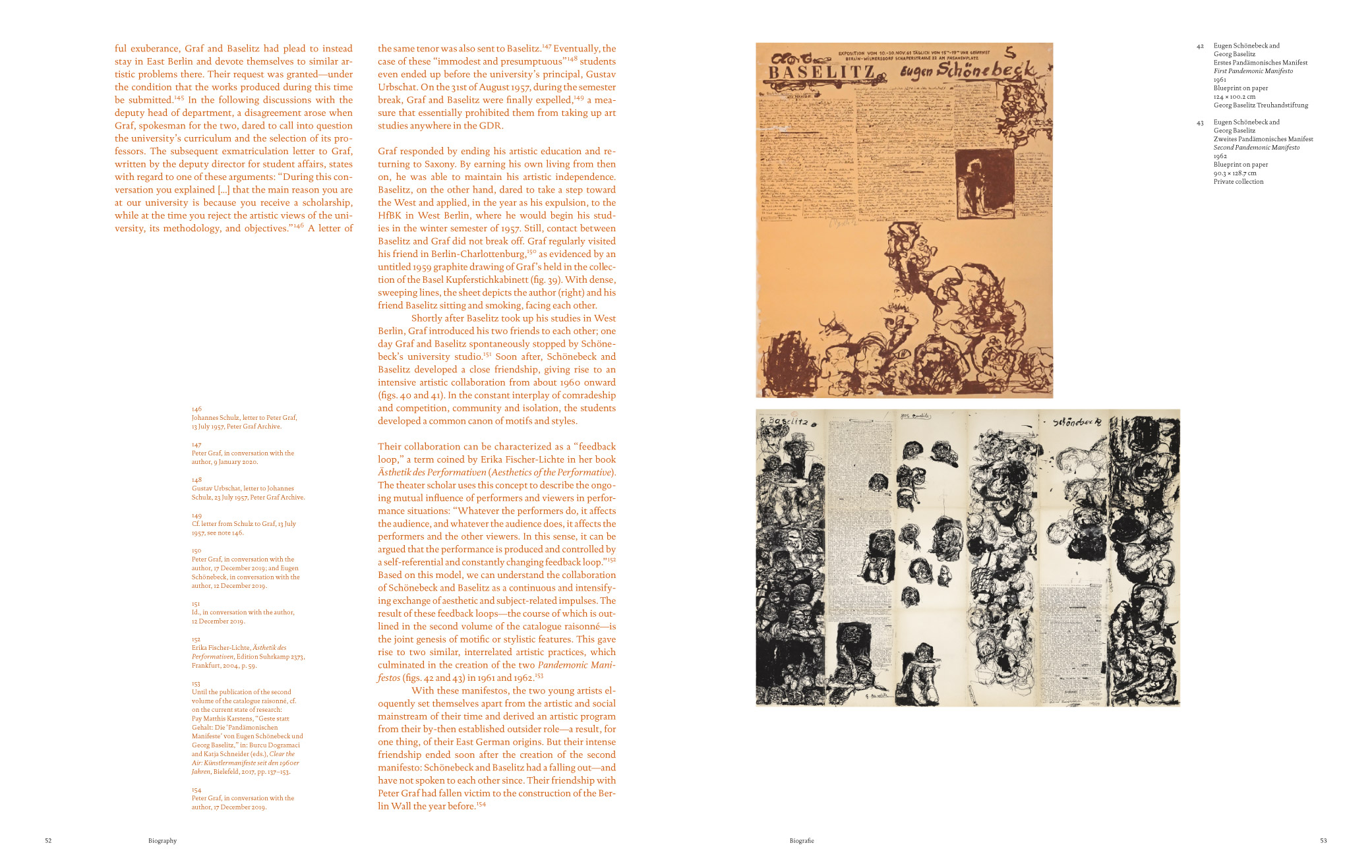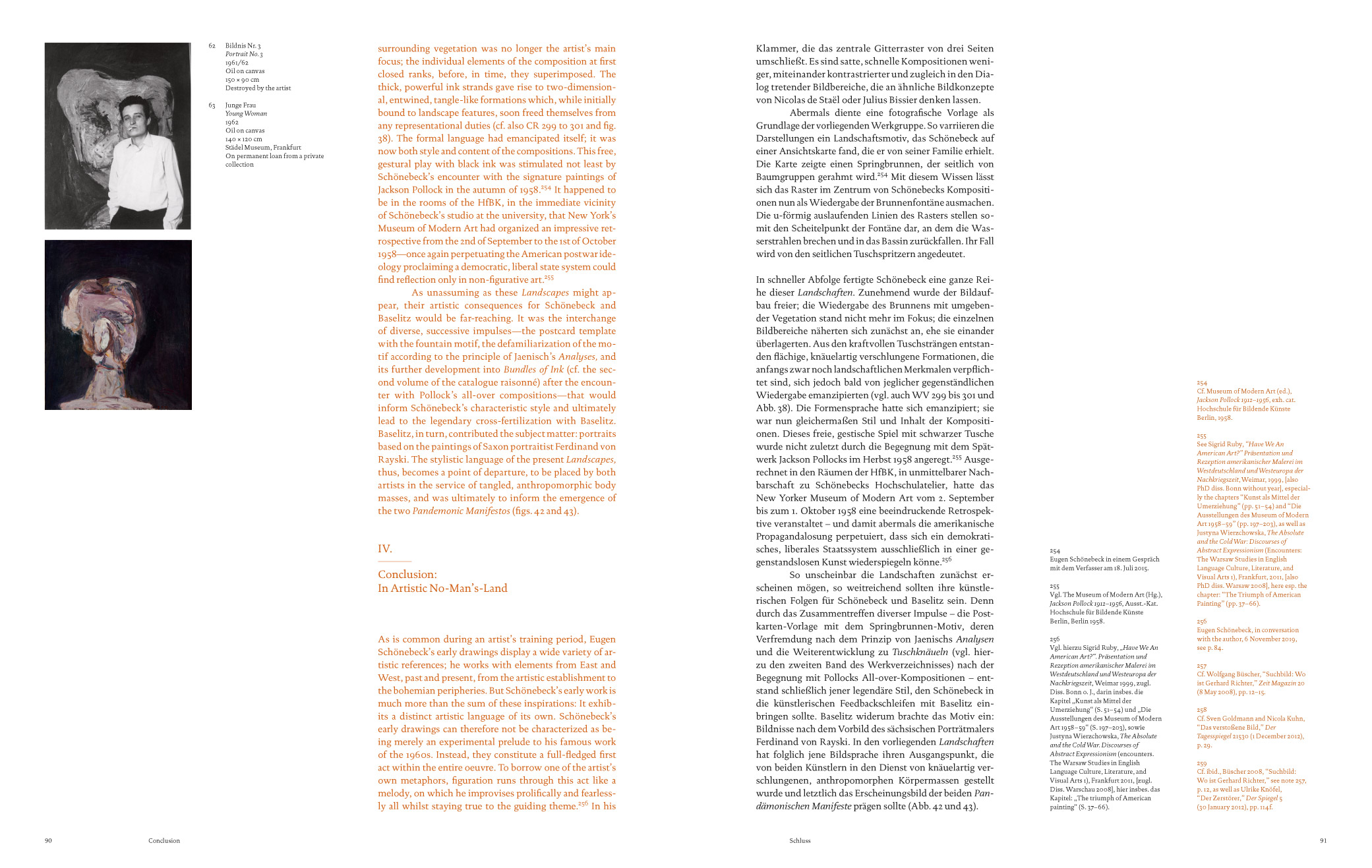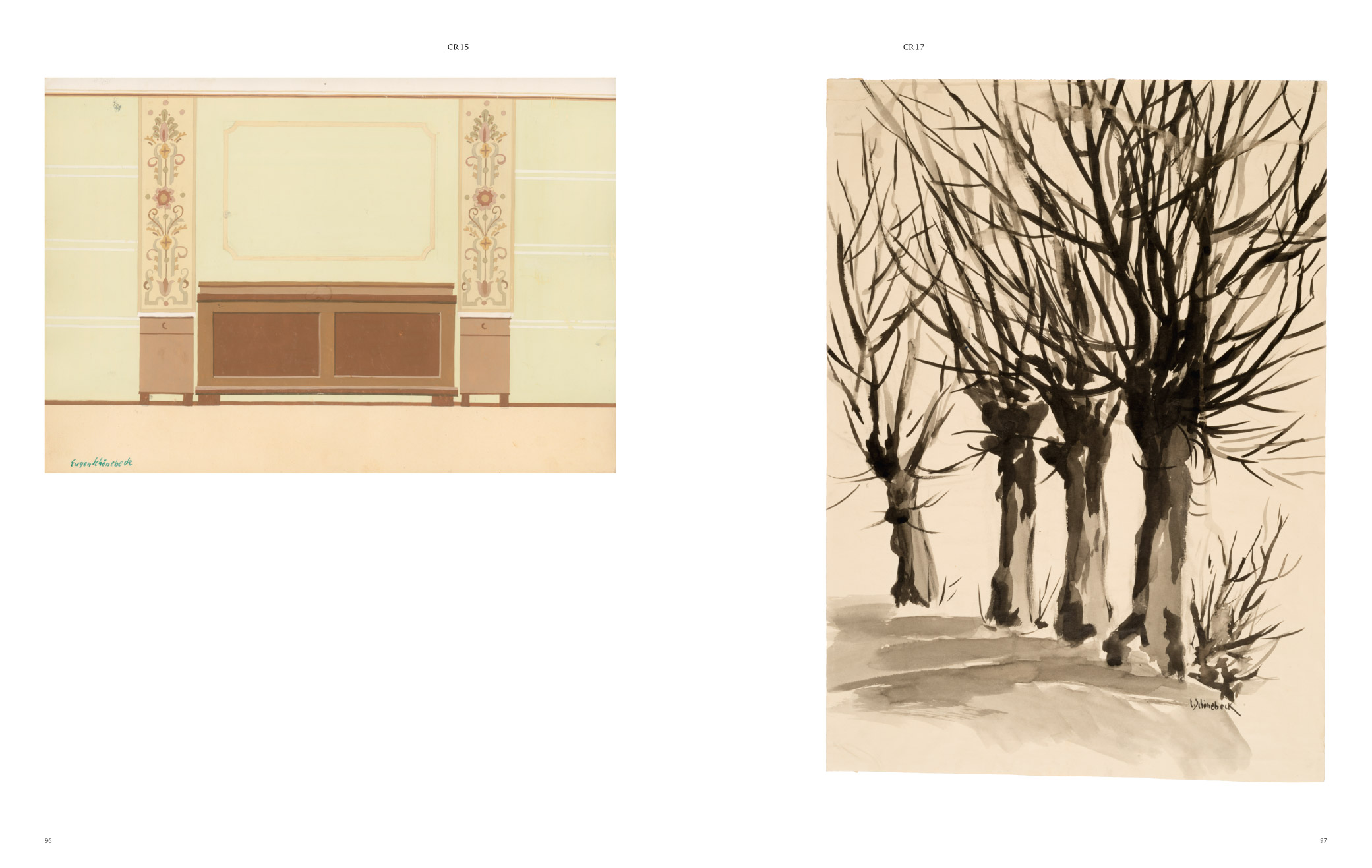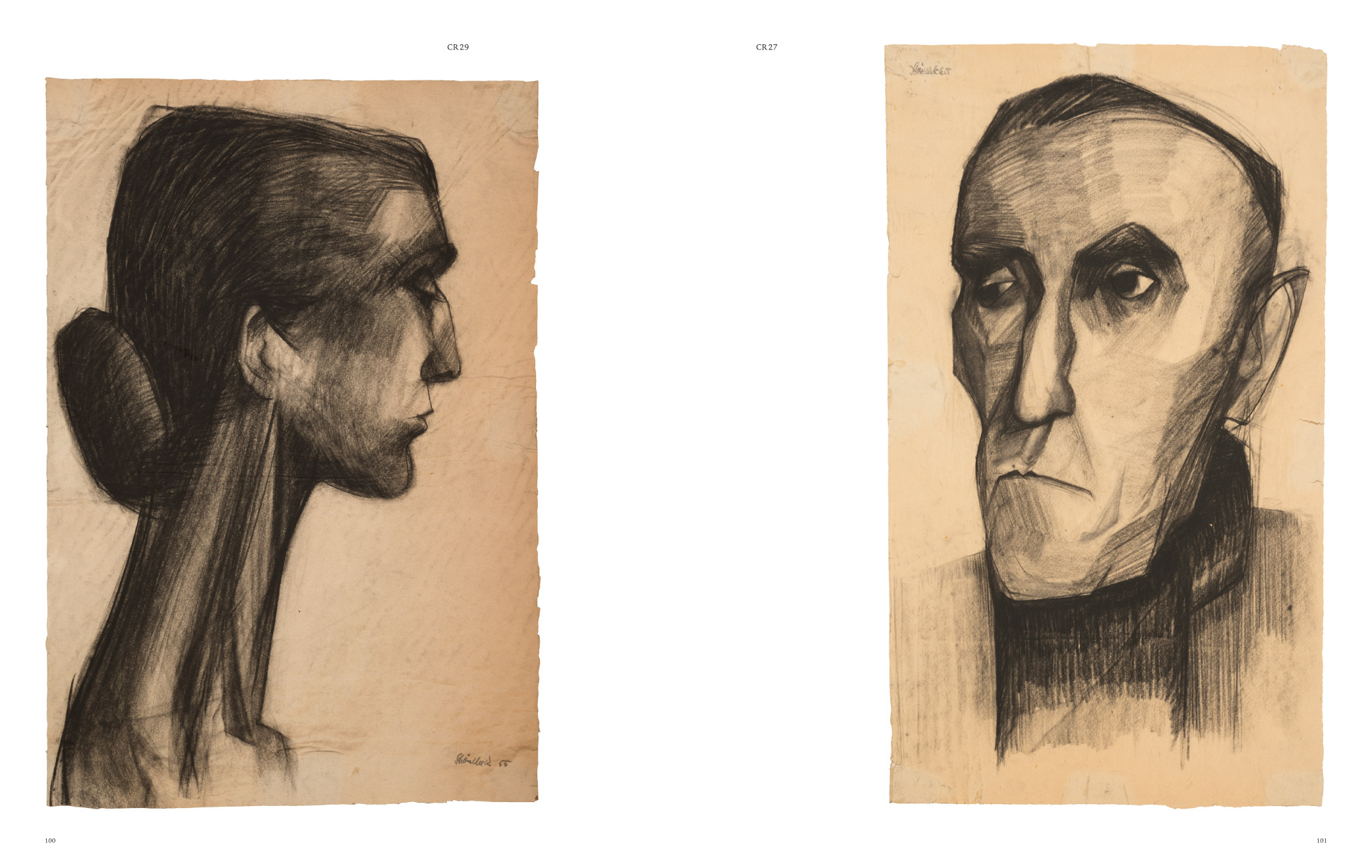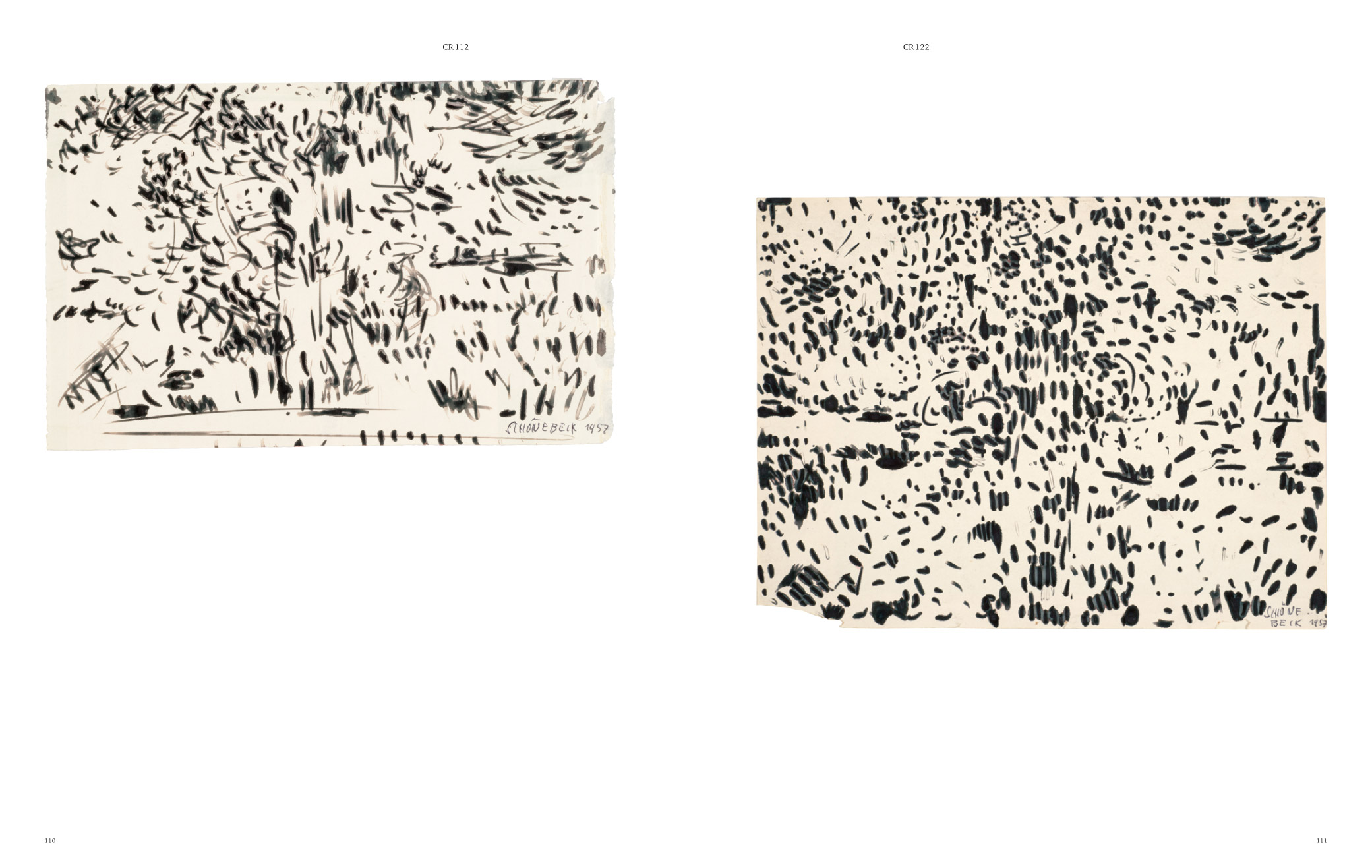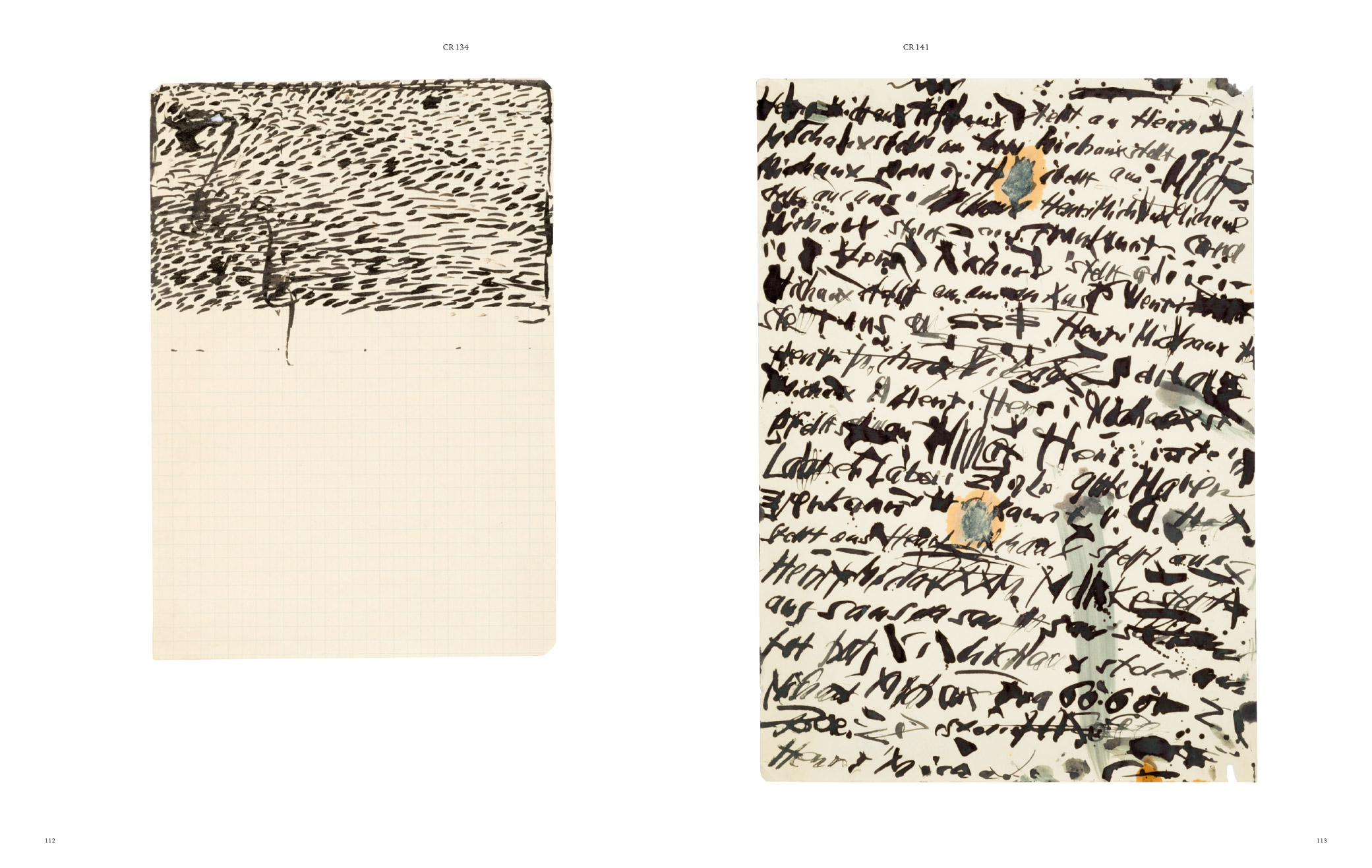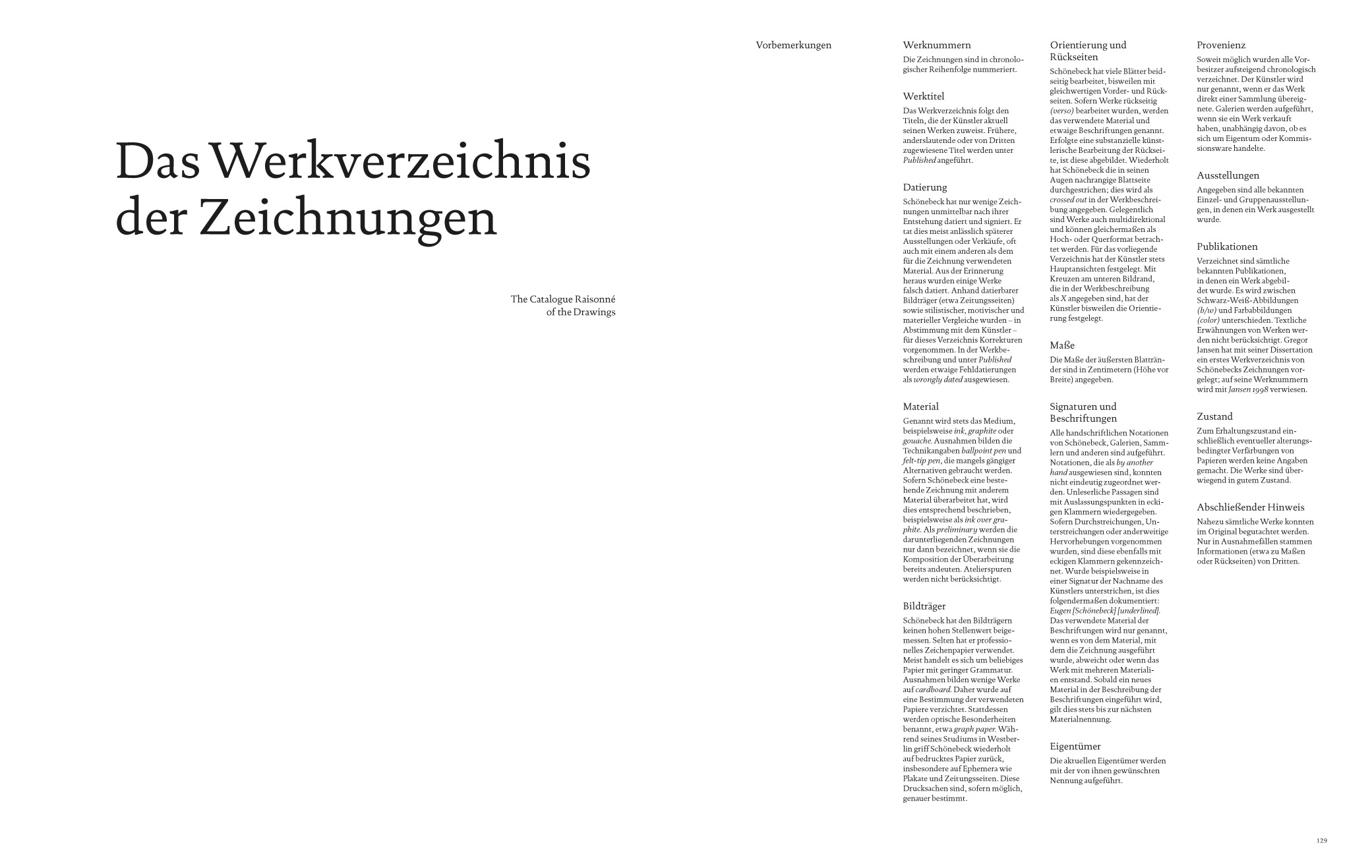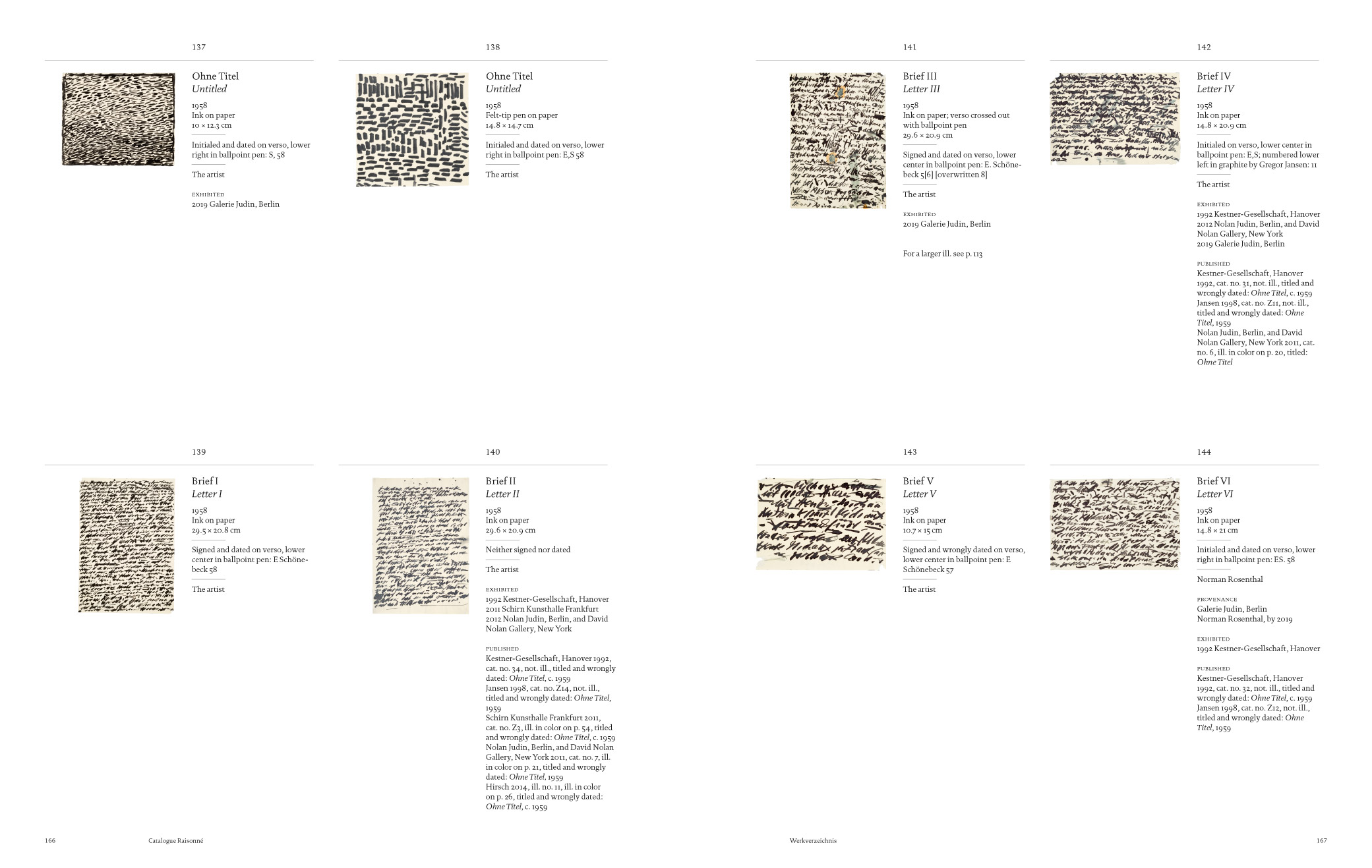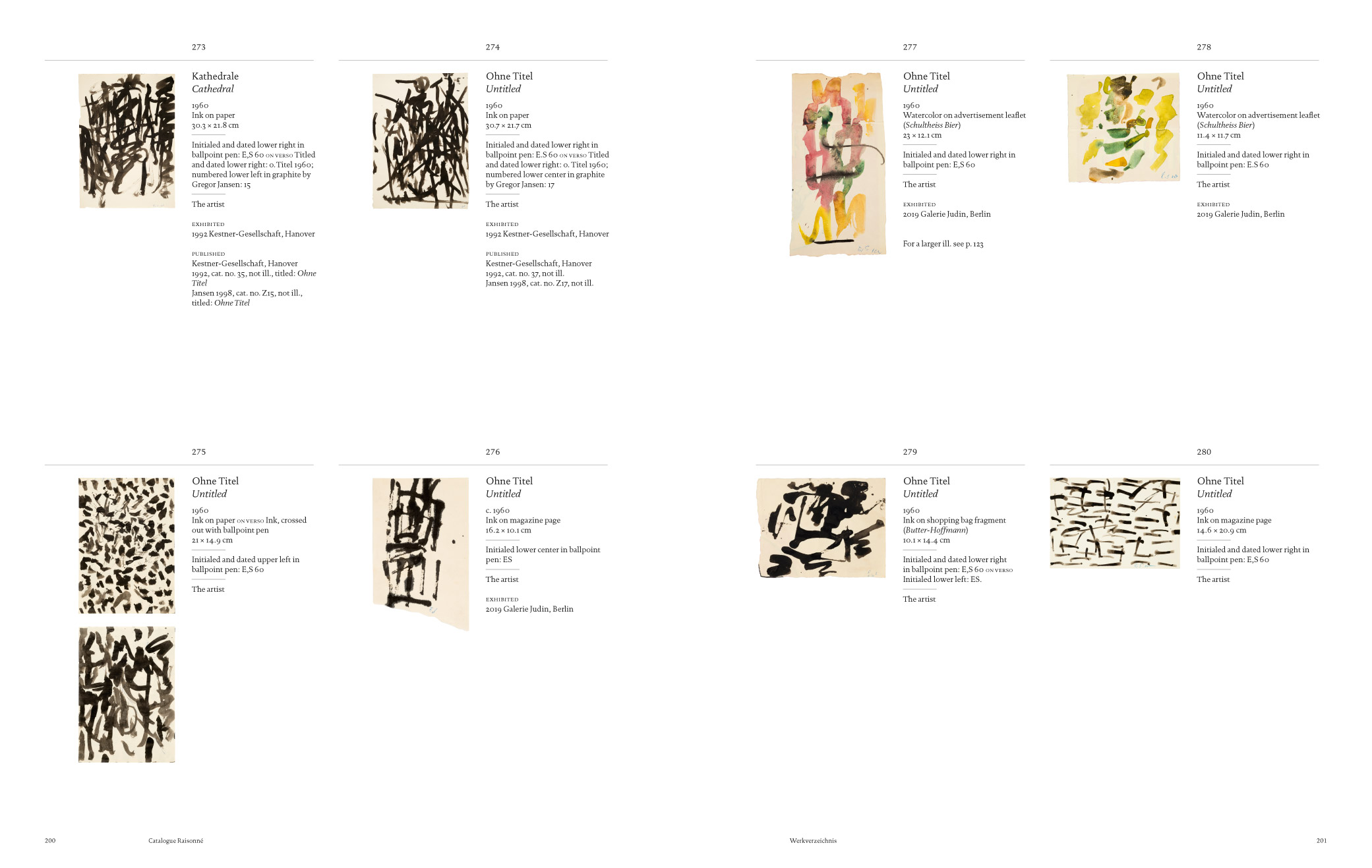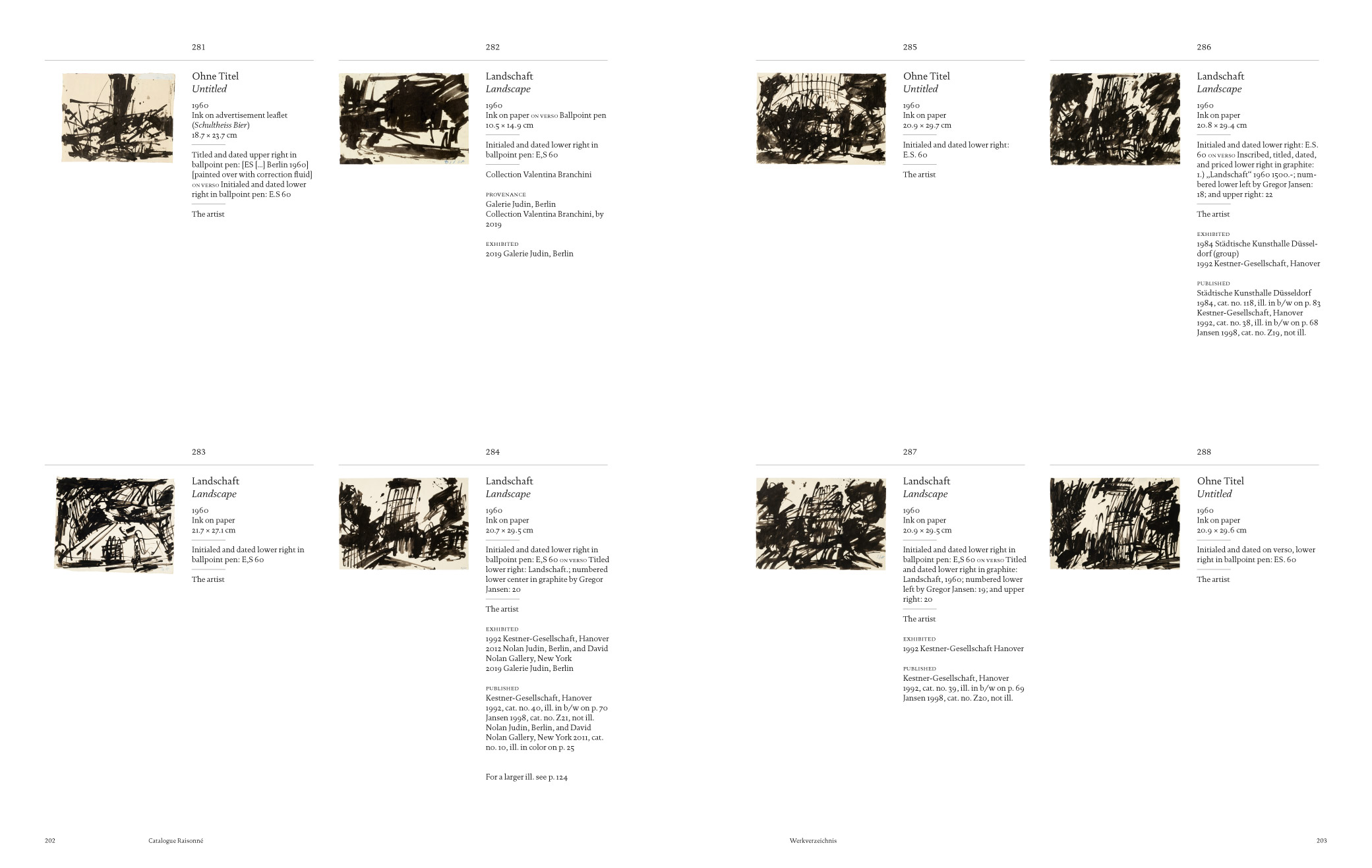Eugen Schönebeck
The Catalogue Raisonné of the Drawings
Volume 1: 1950 to 1960
Not in every case is the early work of an artist decisive for his later artistic development. Works from youth and study often reflect a teacher’s influence or the artistic-aesthetic zeitgeist rather than the artist’s own talents, interests, or style.
With Eugen Schönebeck, however, things are different – not only because of his brief public-oriented production, which in any case makes classical definitions of early, major, and late works difficult. But in fact, the early drawings, which were created between 1950 and 1960 in the context of and parallel to his three-part artistic training in East and West Germany, can be accorded a central position in his oeuvre. For although these works naturally were created in the field of tension between external impulses and the artist’s own, they were already breaking ground for the motifs, styles, and techniques with which he would develop his iconic, major work. The early drawings document his struggle for artistic autonomy within two art-political systems that each sought to impose unambiguous roles and narrowly defined means of expression on their artists. Schönebeck’s early work thus signals his artistic emancipation from both German states and their respective artistic doctrines.
